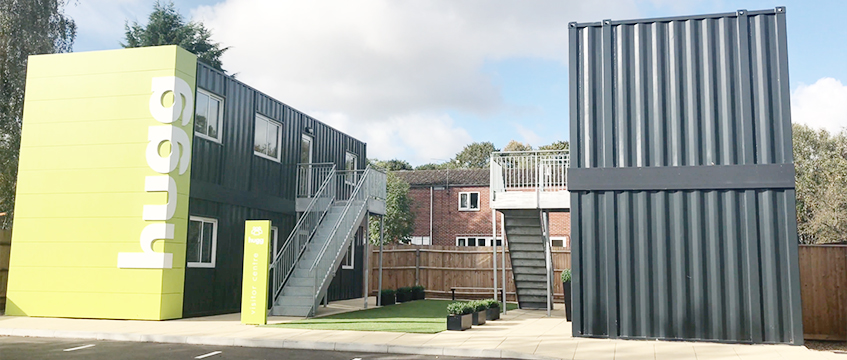Using planning delays to house homeless families
Inland Homes has developed a form of temporary modular housing that it will use on sites during planning and build-out to generate an income stream and house homeless families.
Hugg Homes are fully fitted-out shipping container-sized factory-built homes that can be driven to a site and installed within two weeks.
With temporary planning permission, they will then house homeless families in local authority temporary accommodation.
Inland Homes has developed a form of temporary modular housing that it will use on sites during planning and build-out to generate an income stream and house homeless families.
Hugg Homes are fully fitted-out shipping container-sized factory-built homes that can be driven to a site and installed within two weeks.
With temporary planning permission, they will then house homeless families in local authority temporary accommodation.
They enable councils to house residents in brand-new accommodation rather than bed and breakfasts, hotels, or the PRS – at a rent no higher than local housing allowance.
Inland Homes is able to generate an income stream from vacant sites that are either waiting to gain planning or taking some time to build out.
Stephen Wicks, chief executive of Inland Homes, said that each home cost £36,000 to build, and about £5,000 to install.
While gaining temporary planning permission for the first – in Southampton – took 12 months, now the company has a demonstrable product Wicks is hoping that the process will be much faster.
He added that interest from local authorities had been “spectacular”.
Inland will target a 20% return off the units, and has said councils will pay no more than the local housing allowance – the amount they can reclaim from central government.
Weighing 12 tonnes and going up to two storeys, the units can be carried on a lorry and do not need foundations.
The new models will have external cladding and improved insulation. They can have their own self-sufficient plumbing, though generally it is better if they are connected to sites with infrastructure.
The 480 sq ft units have fully functioning kitchens and bathrooms and can be connected to form two-storey homes.
Manufactured in Yorkshire and coming with a 50-year warranty, the units are built to the same technical standards as a completed home. When planning lapses, they can be uprooted and moved to the next site.
Wicks said he came up with the idea as a way to make use of a site when there are planning delays or there is a lengthy build-out – and to serve a social purpose.
At Wilton Manor, Inland has been trying to gain planning for more than five years. In Cheshunt, it has planning for 2,000 homes, but these will take 10 years to build out.
Included in its temporary planning for the debut units in Southampton is the ability to let some out to the private rental market at 10% less than market rent, Wicks said.
For the moment, only a handful of units are being built, but Inland has received board approval to plough £5m into the homes. The company is looking to use them on more sites, and even sell the units to other developers.
To send feedback, e-mail alex.peace@egi.co.uk or tweet @EGAlexPeace or @estatesgazette











